Home>Interior Design>A Victorian Property, Transformed By Designer Stephanie Dunning
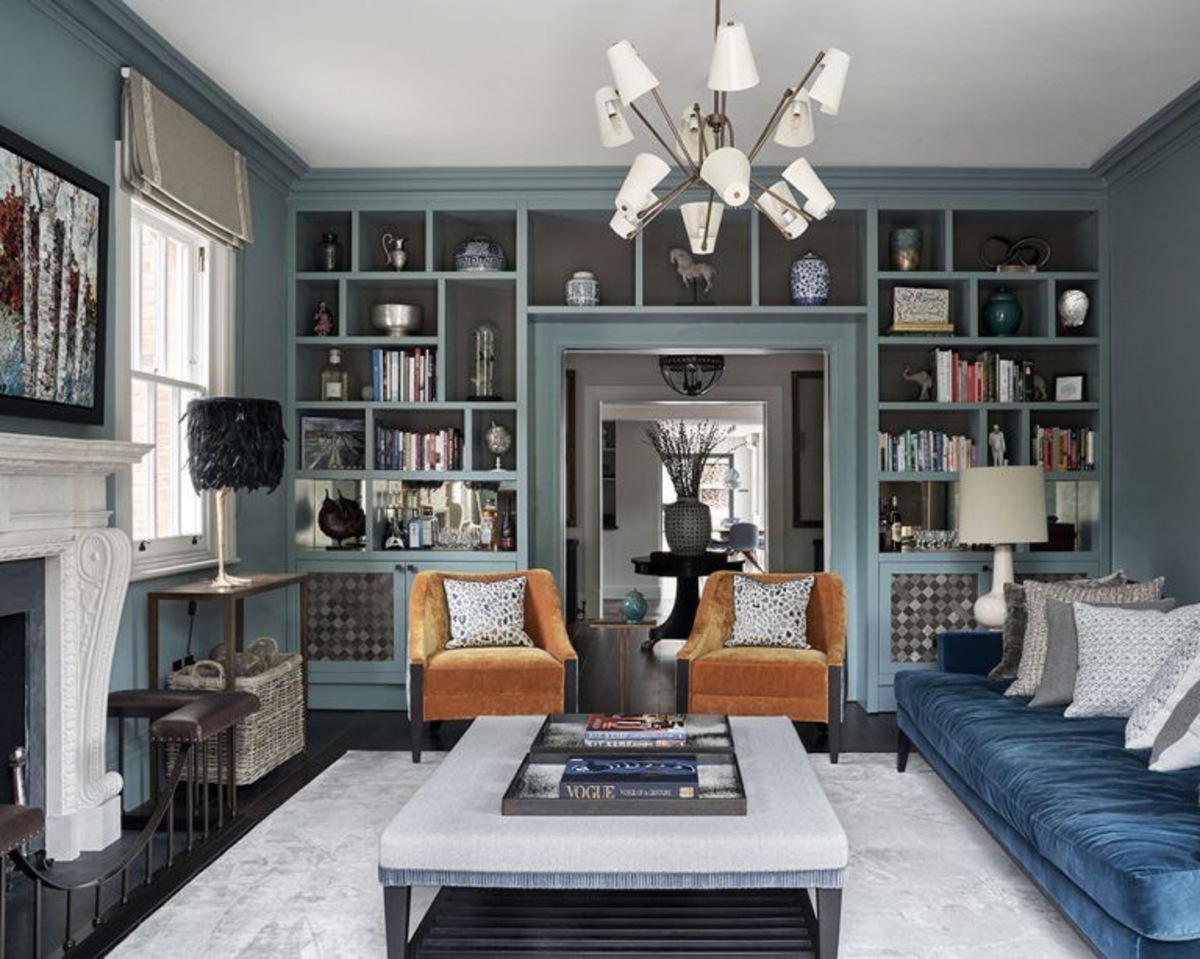

Interior Design
A Victorian Property, Transformed By Designer Stephanie Dunning
Modified: November 1, 2024
Transform your Victorian property with the expert touch of interior designer Stephanie Dunning. Experience stunning interior design that effortlessly combines timeless elegance and modern sophistication.
(Many of the links in this article redirect to a specific reviewed product. Your purchase of these products through affiliate links helps to generate commission for Storables.com, at no extra cost. Learn more)
Introduction
Welcome to the captivating transformation of a historic Victorian property, expertly redesigned by the talented interior designer Stephanie Dunning. This once-grand, yet time-worn home has undergone a remarkable journey of reinvention, blending modern functionality with the elegance of its original architecture.
The Victorian era, spanning from 1837 to 1901, was characterized by intricate details, ornate furnishings, and a sense of opulence. Stephanie understood the inherent beauty of this period and embarked on a mission to create a space that paid homage to its rich history while meeting the needs of contemporary living.
With a keen eye for detail and a deep understanding of interior design principles, Stephanie’s vision for this transformation was to breathe new life into the space and create a harmonious blend of past and present. By marrying form and function, she aimed to create a home that exuded both timeless charm and modern comfort.
In this article, we will delve into the fascinating story of this Victorian property’s transformation, exploring the design concept, structural changes, interior design choices, and how modern amenities were seamlessly incorporated while preserving the home’s historic integrity.
Key Takeaways:
- Stephanie Dunning’s meticulous restoration of a historic Victorian property seamlessly blends timeless elegance with modern comfort, showcasing the transformative power of interior design and historical preservation.
- By honoring the property’s heritage while integrating modern amenities, Stephanie Dunning has created a harmonious sanctuary that pays homage to the Victorian era while meeting the needs of contemporary living.
The History of the Victorian Property
Before we venture into the remarkable transformation of this Victorian property, let’s take a moment to appreciate its rich history. Built in the late 19th century, this home stands as a testament to the architectural grandeur of the era.
Originally constructed as a single-family residence for a prominent local family, the property saw several owners and underwent minor renovations over the years. However, as time passed, its once-majestic facade faded, succumbing to the wear and tear of neglect and changing fashion trends.
When Stephanie Dunning first laid eyes on this hidden gem, she was instantly captivated by its potential. She saw beyond the weathered exterior and envisioned a space where its former glory could be restored.
Working closely with historians and preservation experts, Stephanie immersed herself in the property’s history. She studied archival photographs, architectural plans, and even interviewed previous occupants to get a sense of the home’s original beauty and its significance within the local community.
Understanding the importance of preserving historic features and maintaining the character of the era, Stephanie embarked on a journey to breathe new life into this aging property with a true appreciation for its heritage.
With every wall and every detail, Stephanie aimed to honor the craftsmanship and design principles of the Victorian period. She recognized the need to strike a delicate balance between past and present, ensuring that the renovations respected the original architecture while introducing modern elements that would enhance the functionality and livability of the space.
This dedication to historical preservation combined with a modern vision laid the foundation for the stunning transformation that awaited the property.
The Vision for Transformation
As Stephanie embarked on the journey to transform the Victorian property, she had a clear vision in mind. She aimed to create a space that seamlessly blended the grandeur of the Victorian era with contemporary design elements, offering a harmonious and inviting atmosphere for modern living.
Stephanie’s vision for this project was to honor the historical significance of the home while providing a fresh, functional, and aesthetically pleasing environment. She aimed to preserve the property’s unique charm, incorporating modern amenities and design touches that would enhance the homeowner’s daily life.
To achieve this vision, Stephanie carefully considered the needs and preferences of the homeowners, ensuring that their personal style and requirements were seamlessly integrated into the design. She believed that a successful transformation should reflect the homeowners’ personalities while maintaining the integrity of the Victorian architecture.
Throughout the design process, Stephanie sought inspiration from a variety of sources, including Victorian design journals, architectural history, and contemporary design trends. She meticulously curated a collection of design elements, color palettes, and materials that would honor the home’s heritage while infusing it with a modern sensibility.
With a focus on sustainability and a commitment to using eco-friendly materials, Stephanie also aimed to create a space that was environmentally conscious. She carefully selected energy-efficient appliances, utilized reclaimed materials where possible, and incorporated natural and organic elements into the design to create a harmonious connection with the surrounding environment.
Ultimately, Stephanie’s vision for the transformation of this Victorian property was to create a home that honored its past, provided a sanctuary for modern-day living, and highlighted the unique character of both the architecture and its new inhabitants.
Join us as we explore the design concepts, structural changes, and interior design choices that went into bringing this vision to life and transforming this historic property into a stunning masterpiece.
Design Concept and Approach
As Stephanie embarked on the journey to transform this Victorian property, she approached the design concept with a meticulous eye for detail and a deep understanding of the home’s history. Her goal was to create a space that seamlessly blended the elegance of the Victorian era with modern functionality and aesthetics.
Stephanie’s design concept was centered around creating a sense of timelessness, where the old seamlessly integrated with the new. She sought to honor the original architectural features while incorporating contemporary elements that would enhance the overall design and livability of the space.
To achieve this, Stephanie began by carefully assessing the existing structure and architectural details of the home. She studied the intricate woodwork, ornate moldings, and grandeur of the period, identifying key features that would be the highlight of the design concept.
With a focus on maximizing natural light and creating an open and airy feel, Stephanie took a minimalist approach to the design. She opted for a neutral color palette, allowing the architectural details and period features to become the focal points of each room.
Throughout the home, you will find a harmonious blend of classic and contemporary furniture pieces. Stephanie sourced antique pieces that aligned with the Victorian era, carefully refurbishing and reupholstering them to bring them back to their former glory. These timeless pieces were combined with modern furniture that provided comfort and functionality.
Textiles and fabrics played a vital role in Stephanie’s design approach. She chose luxurious fabrics with subtle textures and patterns that complemented the overall aesthetic. Rich velvet drapes, intricately patterned wallpapers, and plush upholstered furniture added depth and richness to each space.
Art and accessories were carefully curated to reflect the evolving timeline of the home’s design. Stephanie incorporated a mix of antique and contemporary artwork, creating a dialogue between the past and present. Decorative accents, such as vintage chandeliers and ornate mirrors, added a touch of glamour and further enhanced the Victorian character of the space.
The design approach also focused on creating a seamless flow between indoor and outdoor spaces. Stephanie incorporated large windows, French doors, and balconies to connect the interior with the surrounding landscape, allowing natural beauty to become an integral part of the design.
Overall, Stephanie’s design concept and approach brought together the best of both worlds – the timeless elegance of the Victorian era and the comfort and functionality of modern design. With attention to detail, careful selection of materials, and a commitment to preserving the heritage of the home, Stephanie successfully transformed this Victorian property into a space that is as breathtaking as it is livable.
Structural Changes and Renovations
Transforming a Victorian property into a modern living space requires a careful balance between preserving its historical charm and incorporating the necessary structural changes. Stephanie Dunning approached this challenge with a keen eye for detail, ensuring that the renovations enhanced the functionality while respecting the original architecture.
One of the key structural changes involved reconfiguring the layout of the home to better suit modern-day living. Stephanie worked closely with architects and contractors to open up the space, creating a more seamless flow between rooms. Walls were removed or altered to create open-concept areas, allowing natural light to flood through the home.
As part of the renovation process, the plumbing and electrical systems were completely updated to meet contemporary standards. This included rewiring the entire property and installing energy-efficient lighting solutions. The outdated plumbing system was replaced to improve water flow and efficiency.
Stephanie also recognized the importance of incorporating sustainable features into the property. To enhance energy efficiency, she opted for double-glazed windows to improve insulation and reduce heat loss. Roof insulation and smart thermostat systems were installed to regulate temperature and energy usage.
To enhance the visual appeal of the property, Stephanie collaborated with skilled craftsmen to restore the original features. Ornate moldings, ceiling roses, and cornices were carefully repaired or replicated to ensure that the Victorian character was preserved. The original hardwood flooring was restored to its former glory, enhancing the authenticity of the home.
Outdoor spaces were not overlooked during the renovation process. Stephanie worked with landscape designers to create a cohesive and inviting outdoor environment. The gardens were redesigned, incorporating elements such as seating areas, pathways, and lush plantings to create a serene and inviting escape.
Throughout the renovation process, Stephanie maintained a focus on preserving the historical integrity of the property. She respected the original design elements while using modern construction techniques and materials to ensure the longevity of the home. This approach ensured that the Victorian property’s charm was preserved while adding contemporary functionality.
With careful structural changes and meticulous renovations, Stephanie transformed this Victorian property into a modern masterpiece that seamlessly blends the elegance of the past with the comforts of the present.
When transforming a Victorian property, consider preserving original features such as fireplaces, cornices, and sash windows to maintain the character of the era while incorporating modern design elements.
Interior Design and Styling
Stephanie Dunning’s keen eye for interior design and styling truly brought the Victorian property to life, combining timeless elegance with contemporary comfort. With a focus on creating a cohesive and inviting atmosphere, she curated every aspect of the space to reflect the homeowner’s personal style while honoring the home’s historical charm.
The color palette played a crucial role in establishing the desired ambiance. Stephanie opted for soft and neutral tones throughout the property, allowing the architectural details and period features to take center stage. Warm whites, soft creams, and subtle grays formed the base, creating a serene backdrop for the rest of the design elements.
Furniture selection was a careful balance between classic Victorian pieces and modern-day comfort. Stephanie sourced and restored antique furniture, paying close attention to their original craftsmanship. These beautifully crafted pieces were then combined with contemporary seating options, ensuring a comfortable and functional living space.
In terms of fabrics and textiles, Stephanie chose luxurious materials that added depth and texture to each room. Rich velvet, silk, and linen were used for upholstery, while patterned and textured fabrics were incorporated into draperies, cushions, and rugs. These elements provided a sense of opulence and added visual interest to the space.
Lighting played a significant role in creating ambiance and highlighting architectural details. Stephanie carefully selected chandeliers, sconces, and pendant lights that reflected the Victorian aesthetic, while also incorporating modern lighting fixtures with energy-efficient LED technology. Dimmer switches were installed to provide flexibility for different occasions and moods.
Artwork and decorative accents were thoughtfully chosen to complement the design concept. A blend of antique paintings, sculptures, and contemporary artworks adorned the walls, creating a dialogue between the past and present. Decorative accents, such as ornate mirrors, intricate wall sconces, and elegant vases, further enhanced the Victorian character and added a touch of glamour to the space.
To personalize the home and add a touch of the homeowner’s personality, Stephanie worked closely with them to select meaningful accessories and furnishings. Family heirlooms, vintage collectibles, and cherished artworks were incorporated into the design, adding layers of history and sentiment to the space.
By combining tasteful furniture choices, luxurious fabrics, thoughtful lighting solutions, and carefully curated art and accessories, Stephanie created a harmonious blend of Victorian elegance and contemporary comfort. The result was a space that not only delighted the eye but also provided a warm and inviting environment for the homeowners to enjoy for years to come.
Incorporating Modern Amenities
While honoring the historical charm and elegance of the Victorian era, Stephanie Dunning understood the importance of integrating modern amenities into the renovated property. By seamlessly incorporating contemporary features, she ensured that the homeowners could enjoy the comforts and conveniences of modern living without compromising the integrity of the design.
The kitchen, often considered the heart of the home, received a complete makeover. Stephanie combined traditional elements such as solid wood cabinetry, intricate detailing, and ornate hardware with modern appliances and fixtures. High-end stainless steel appliances, an efficient ventilation system, and a large center island with a functional workspace were installed to create a modern and practical culinary hub.
To cater to the needs of a technology-driven lifestyle, Stephanie integrated smart home automation throughout the property. This included programmable thermostats, voice-activated lighting systems, and integrated audio-visual setups. By incorporating these modern technologies, the homeowners could control various aspects of their home with ease, enhancing both comfort and efficiency.
The bathroom spaces were also upgraded to meet contemporary standards while maintaining a cohesive design with the rest of the property. Luxurious fixtures, such as rainforest showers, freestanding bathtubs, and modern bathroom vanities, were carefully selected to create a spa-like atmosphere. High-quality materials such as marble and natural stone were used to enhance the sense of luxury and create a soothing oasis.
Stephanie recognized the importance of connectivity and efficient home office spaces. She integrated designated work areas within the property, ensuring ample natural light, ergonomic furniture, and integrated storage solutions. High-speed internet connectivity and charging stations were discreetly incorporated, allowing the homeowners to seamlessly blend work and lifestyle needs.
Energy efficiency and sustainability were key considerations when incorporating modern amenities. Stephanie installed energy-efficient appliances and fixtures throughout the property, including LED lighting, low-flow plumbing fixtures, and smart thermostats. These features not only reduced the environmental impact but also provided long-term cost savings for the homeowners.
With a thoughtful approach to incorporating modern amenities, Stephanie transformed the Victorian property into a home that seamlessly merged the grace of the past with the convenience of the present. The integration of modern technology, efficient appliances, and functional spaces ensured that the property embraced the needs and desires of modern living.
Preserving Historic Charm
Preserving the historic charm of the Victorian property was a top priority for Stephanie Dunning throughout the transformation process. She understood the importance of maintaining the unique character and architectural elements that defined the era, ensuring that the property’s historical significance remained intact.
One of the key aspects of preserving the historic charm was the careful restoration of original architectural features. Stephanie worked with skilled craftsmen to refurbish and repair intricate woodwork, ornate moldings, and decorative detailing. With great attention to detail, she restored the property’s original glory, recapturing the authenticity of the era.
To enhance the historical authenticity, Stephanie sourced reclaimed materials whenever possible. Vintage doors, antique hardware, and salvaged flooring were integrated into the design, adding a sense of nostalgia and character to each space. These salvaged elements not only preserved the historic charm but also reduced the environmental impact of the project.
Throughout the renovation, Stephanie made it a point to research and respect the original color schemes of each room. By studying historical records and consulting with experts, she selected paint colors that were true to the Victorian period. This attention to detail ensured that the interior spaces remained faithful to the time in which the property was built.
Preserving the historic charm was not limited to the architectural and interior details alone. Stephanie also sought to retain the property’s connection to the local community and its place in history. She worked closely with preservation organizations to honor the property’s significance, ensuring that any changes made were in line with historical preservation guidelines.
Stephanie also integrated elements that reflected the history and heritage of the area within the interior design. Vintage artwork, historical photographs, and locally sourced decor items were carefully selected to pay homage to the property’s past. These touches added a layer of storytelling and personal connection, further preserving the home’s historic charm.
In addition to the preservation of physical elements, Stephanie also considered the intangible aspects of the property’s history. She encouraged the homeowners to share stories and memories associated with the home, incorporating their personal narratives into the design. This not only added a sense of emotional attachment but also ensured that the property continued to be a living testament to its past.
Through meticulous restoration, attention to historical details, and a deep appreciation for the property’s past, Stephanie successfully preserved the historic charm of the Victorian property. The result is a home that stands as a timeless tribute to the architectural and cultural heritage of its era.
Landscaping and Outdoor Space
Just as the interior spaces were transformed, Stephanie Dunning took great care and attention to enhance the outdoor areas surrounding the Victorian property. The landscaping and outdoor space were an integral part of the overall transformation, creating a harmonious connection between the interior and the natural environment.
Stephanie worked closely with landscape architects to design a cohesive outdoor space that enhanced the beauty and functionality of the property. The goal was to create an inviting and serene environment that would delight the homeowners and complement the historical charm of the home.
The existing gardens were reimagined and revitalized to showcase a mix of formal and informal landscaping elements. With careful consideration for the property’s heritage, Stephanie selected plants, trees, and flowers that were popular during the Victorian era. Period-appropriate species, such as hydrangeas, roses, and lavender, were chosen to enhance the authenticity of the landscape design.
Pathways and walkways were strategically designed to guide visitors through the outdoor spaces, connecting different areas of the property. Curved paths, lined with carefully selected stones or bricks, created a sense of discovery and added a touch of whimsy to the landscape.
Outdoor seating areas were meticulously designed to offer spaces for relaxation and socializing. Stephanie selected stylish yet comfortable outdoor furniture that echoed the architectural style of the property. From cozy conversation areas to grand garden dining sets, the outdoor spaces were designed to be an extension of the interior, providing the homeowners with ample opportunities to enjoy the fresh air and beauty of their surroundings.
To add an element of tranquility and visual interest, water features were incorporated into the landscaping. A beautifully designed fountain or a serene pond became a centerpiece, creating a peaceful ambiance and serving as a focal point for the outdoor space.
Outdoor lighting was carefully considered to highlight architectural features, pathways, and plantings, extending the usability and beauty of the outdoor space into the evening hours. Well-placed garden lights and ambient lighting created a magical atmosphere, allowing the homeowners to enjoy their outdoor retreat even after the sun went down.
Overall, the landscaping and outdoor space design transformed the property into an oasis. By incorporating historical elements, thoughtful plant selections, and inviting seating areas, Stephanie successfully created a harmonious connection between the interior and exterior spaces, allowing the homeowners to fully enjoy the beauty of their surroundings.
Conclusion
The transformation of this Victorian property by interior designer Stephanie Dunning has been nothing short of extraordinary. Through meticulous planning, careful restoration, and thoughtful design choices, Stephanie successfully revitalized this historic home, breathing new life into its walls while preserving its unique character and charm.
From the moment you enter, you are immediately enchanted by the seamless blend of the grandeur of the past with the comforts and style of the present. The Victorian architecture and design details have been lovingly restored and enhanced, creating a sense of timeless elegance throughout the property.
Stephanie’s vision for this transformation was executed with precision and creativity. By incorporating modern amenities, she ensured that the homeowners have access to the latest conveniences while maintaining the integrity and authenticity of the Victorian era.
The interior design and styling choices showcase Stephanie’s deep understanding of the Victorian period. Every room tells a story, with carefully selected furniture, fabrics, and accessories that reflect both the historical context and the personal tastes of the homeowners. The color palette, lighting solutions, and attention to detail further create a sense of harmony and beauty in every space.
Outside, the landscaping and outdoor spaces have been transformed into a sanctuary of serenity. The thoughtful design and selection of plants and materials create a seamless connection between the interior and the natural surroundings, inviting the homeowners to enjoy their outdoor retreat in style.
Throughout the entire transformation process, Stephanie’s commitment to historic preservation and sustainable design shines through. She carefully restored original architectural features, utilized reclaimed materials, and incorporated energy-efficient solutions, ensuring that the property remains a symbol of timeless elegance and environmental consciousness.
In conclusion, Stephanie Dunning’s remarkable transformation of this Victorian property is a testament to her creativity, expertise, and deep appreciation for interior design and historical preservation. The result is a stunning and functional space that blends the best of both the past and the present. The homeowners are now able to enjoy a home that combines the grandeur of the Victorian era with the comforts and conveniences of modern living.
Stephanie’s work serves as an inspiration for homeowners and designers alike, showcasing the possibilities of transforming a historic property into a contemporary haven without compromising on its unique character and charm.
This Victorian property, once faded and overlooked, has now been reborn as a masterpiece, standing proudly as a testament to both its historical legacy and the transformative power of interior design.
Frequently Asked Questions about A Victorian Property, Transformed By Designer Stephanie Dunning
Was this page helpful?
At Storables.com, we guarantee accurate and reliable information. Our content, validated by Expert Board Contributors, is crafted following stringent Editorial Policies. We're committed to providing you with well-researched, expert-backed insights for all your informational needs.
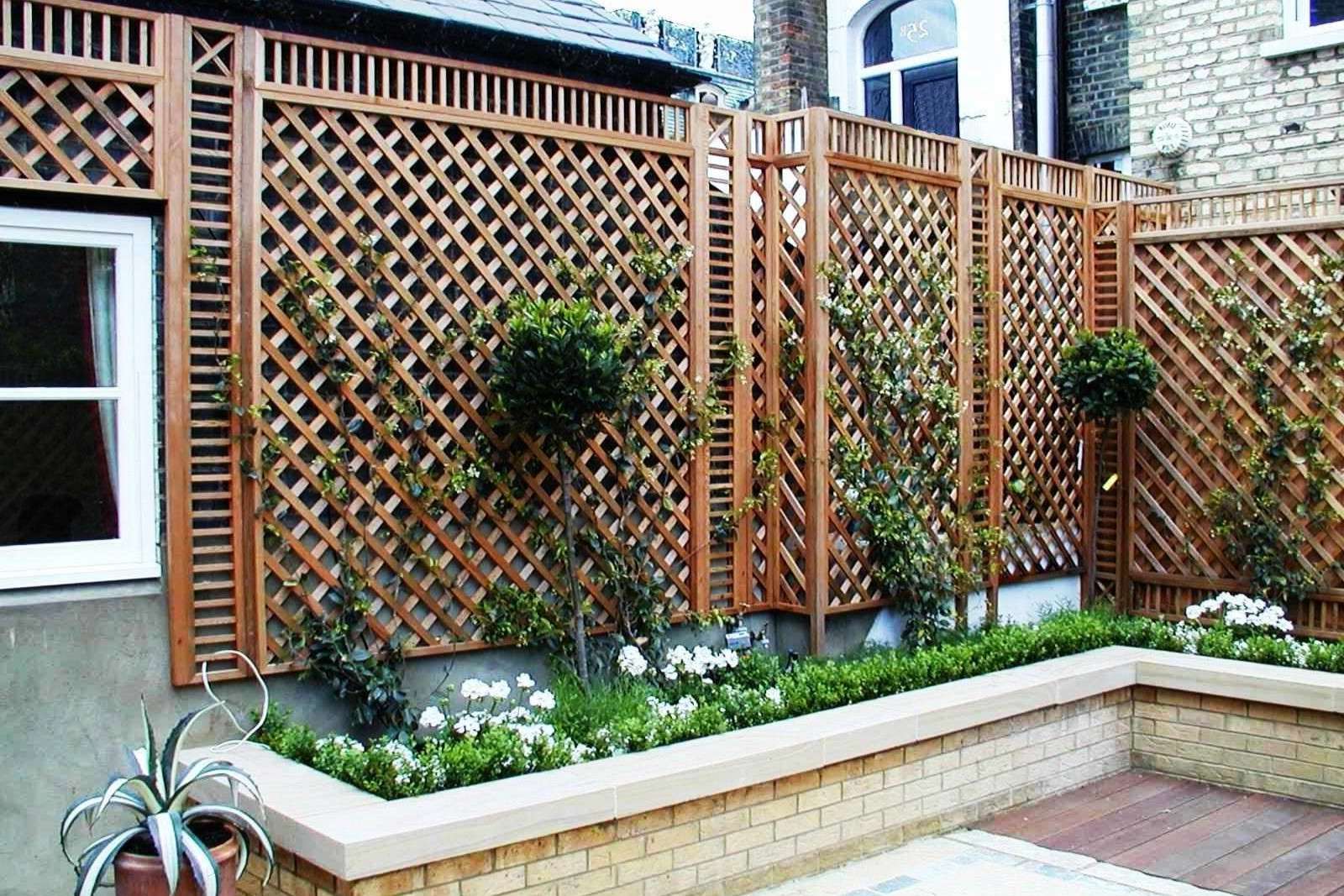
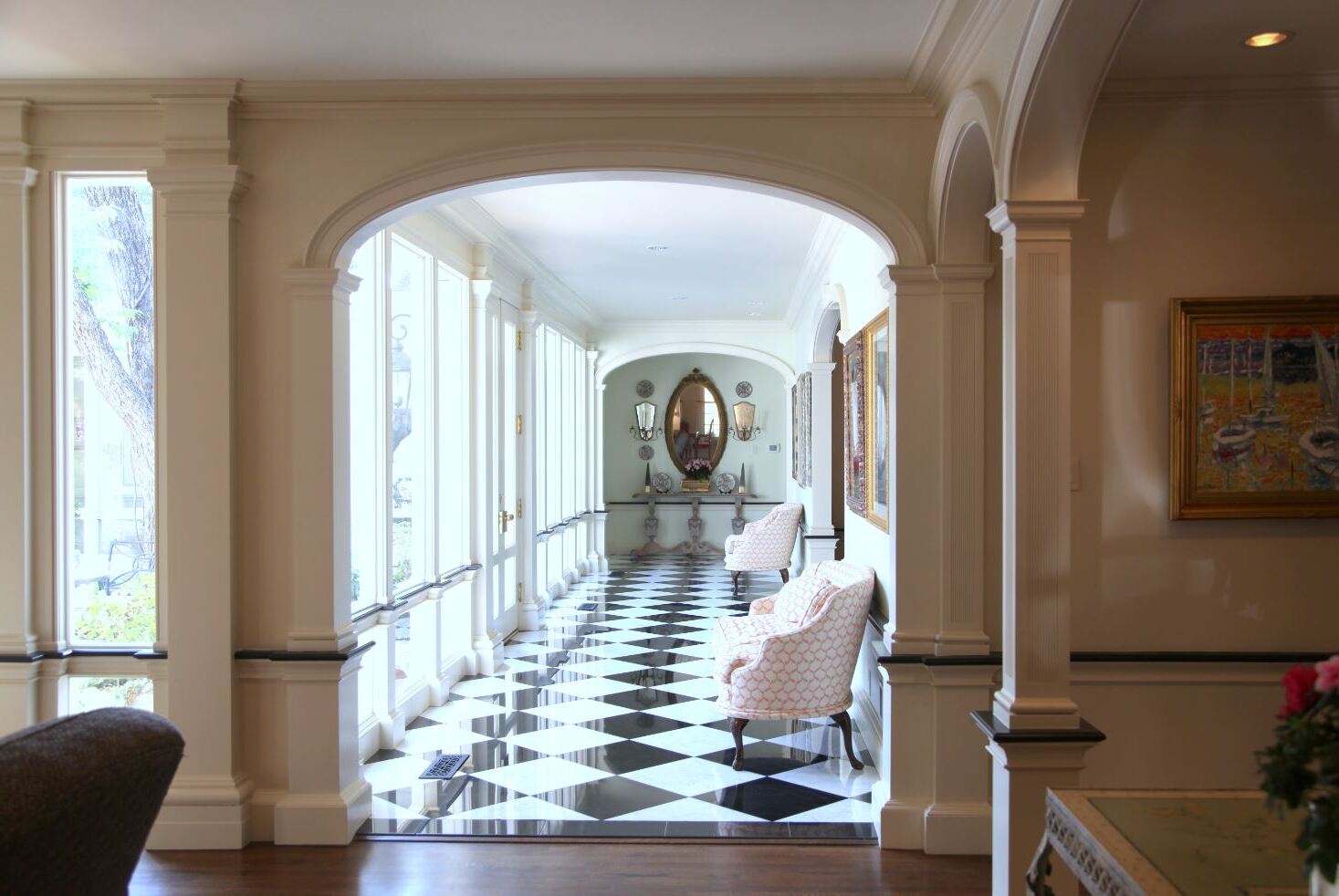

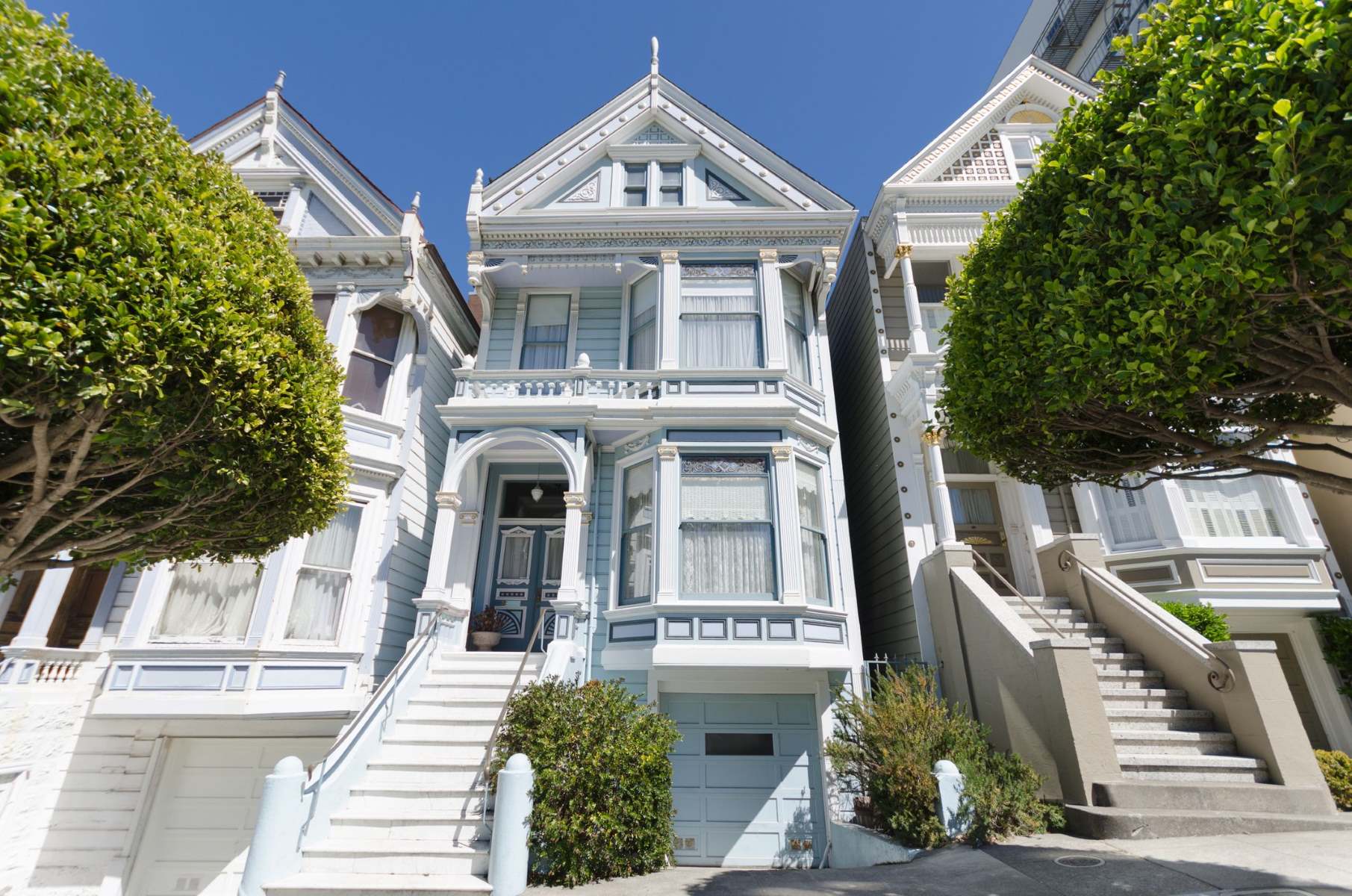
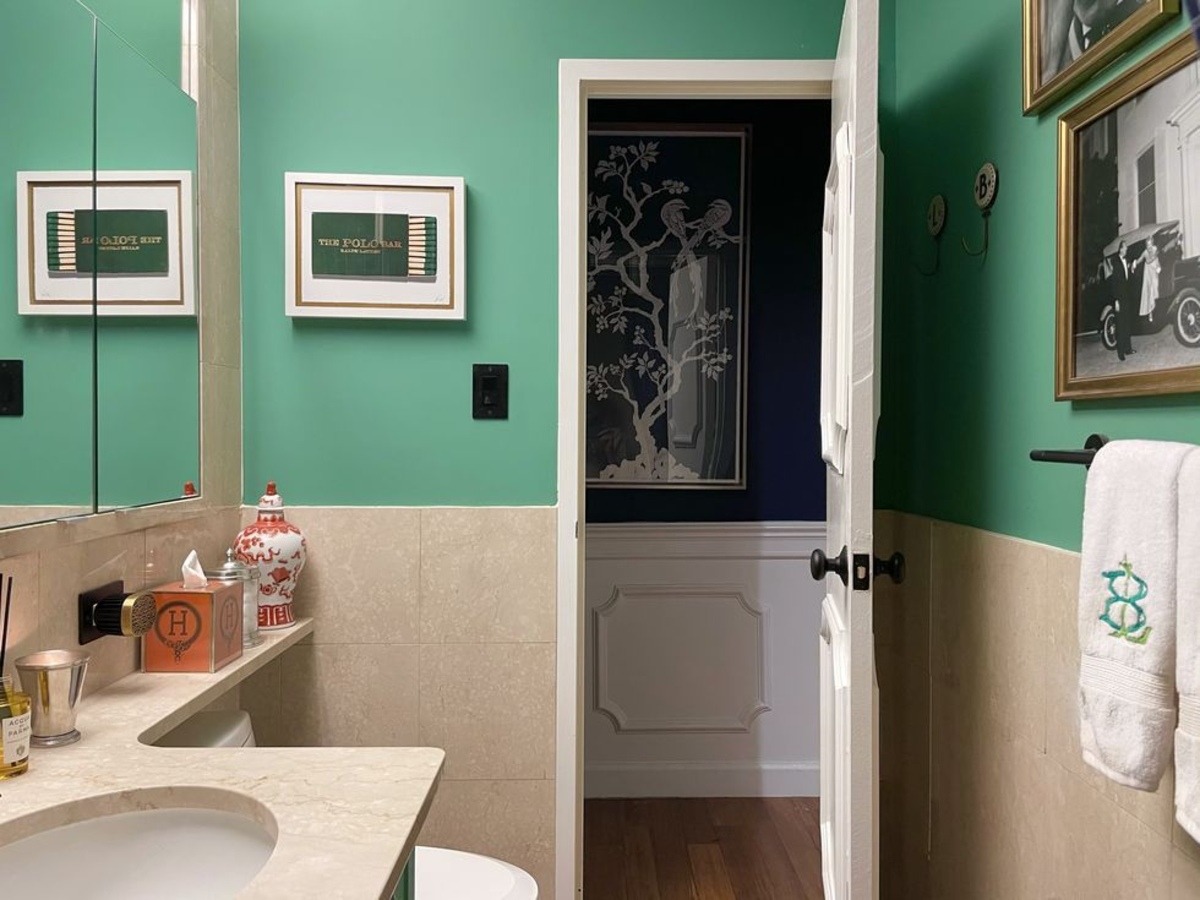
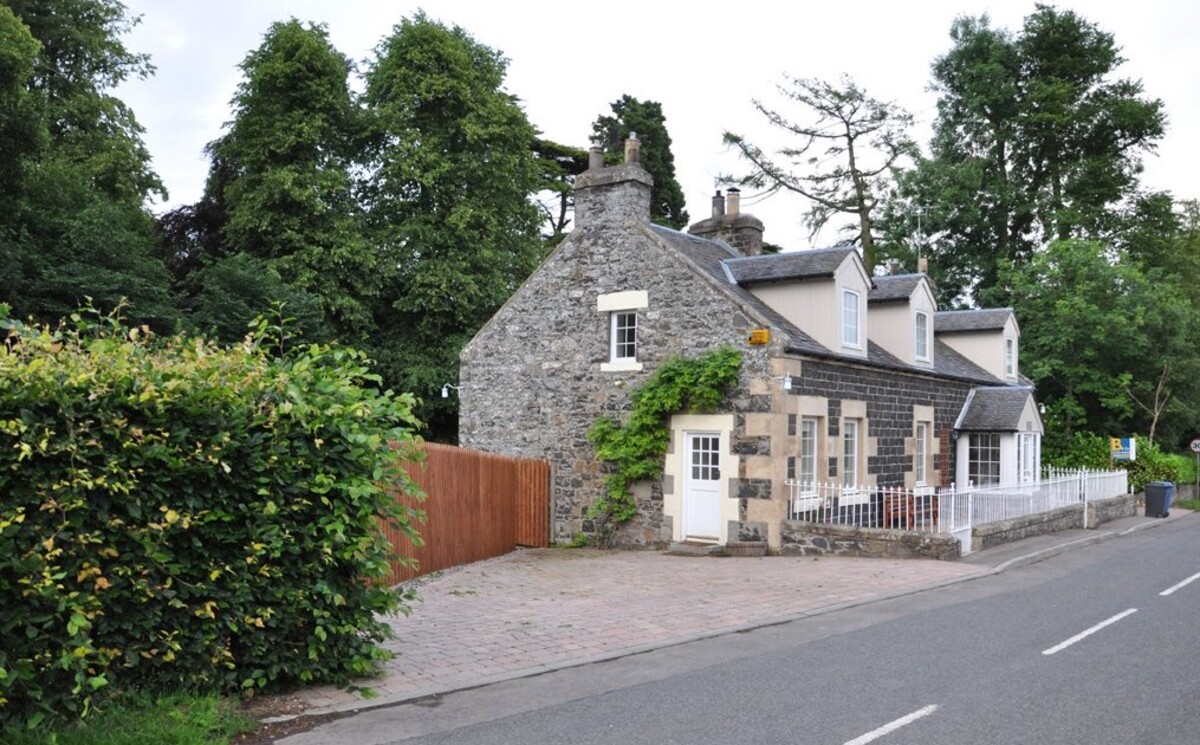
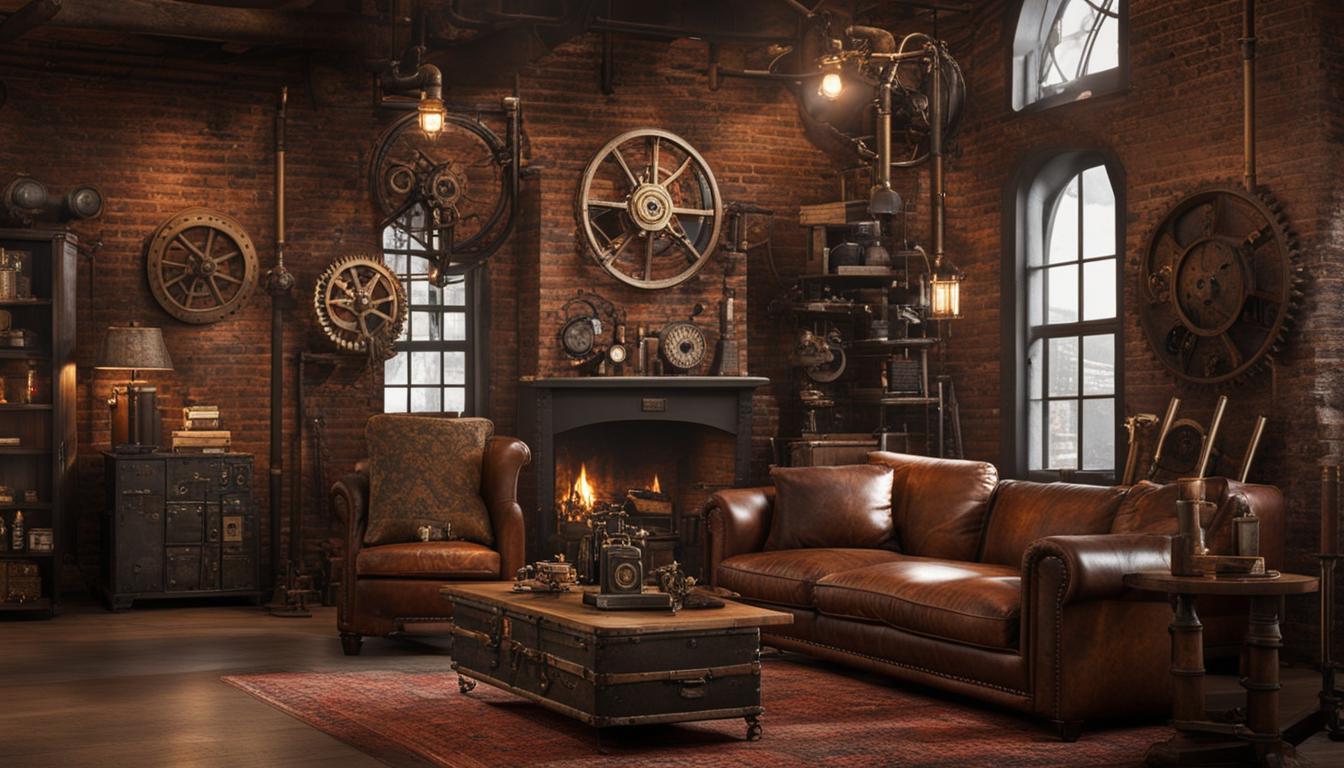
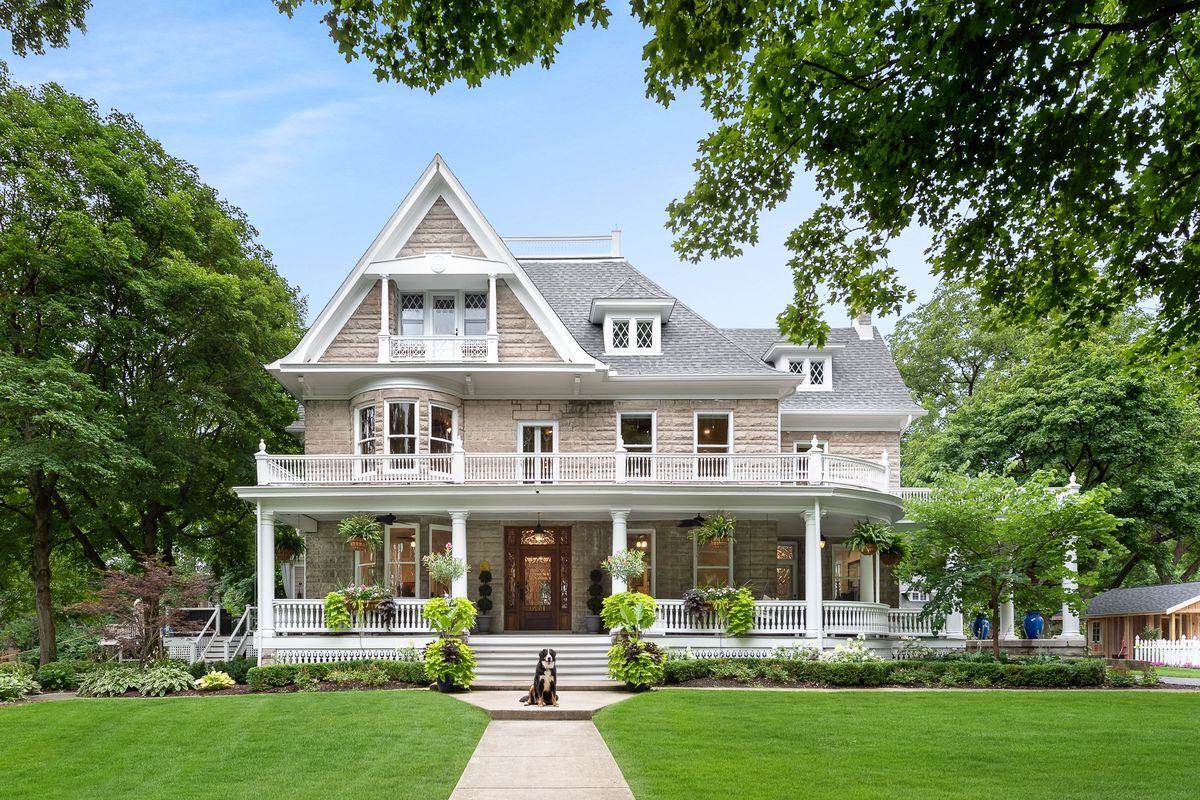

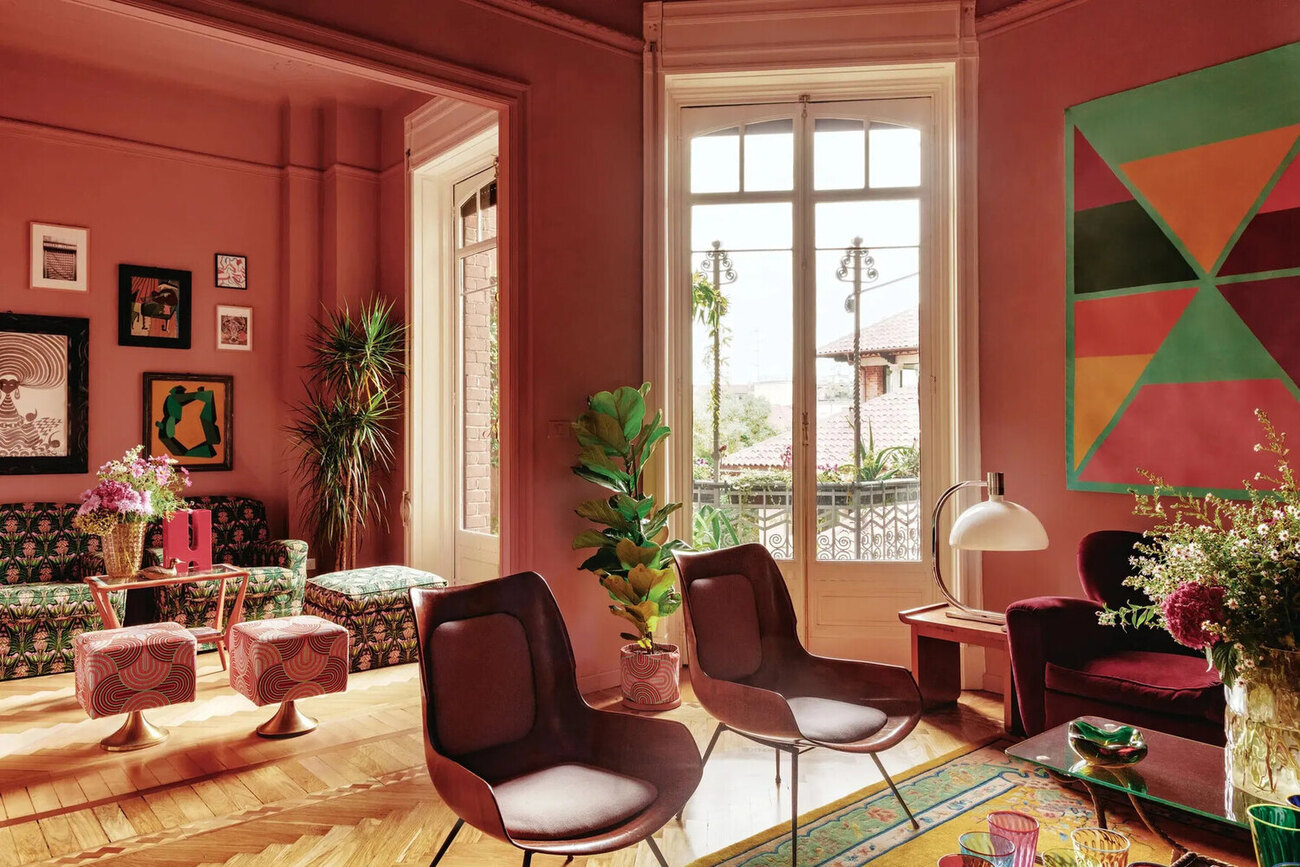

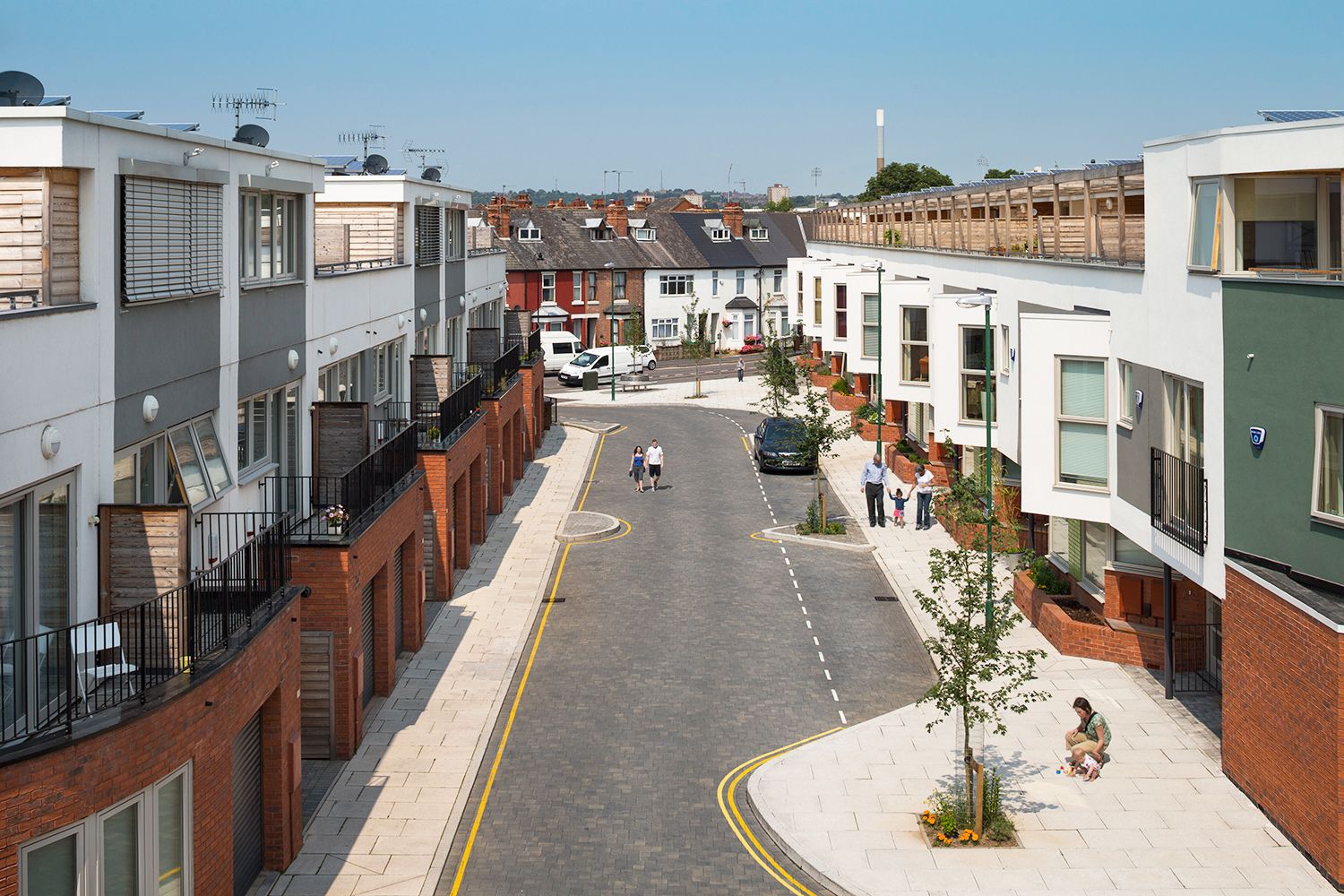
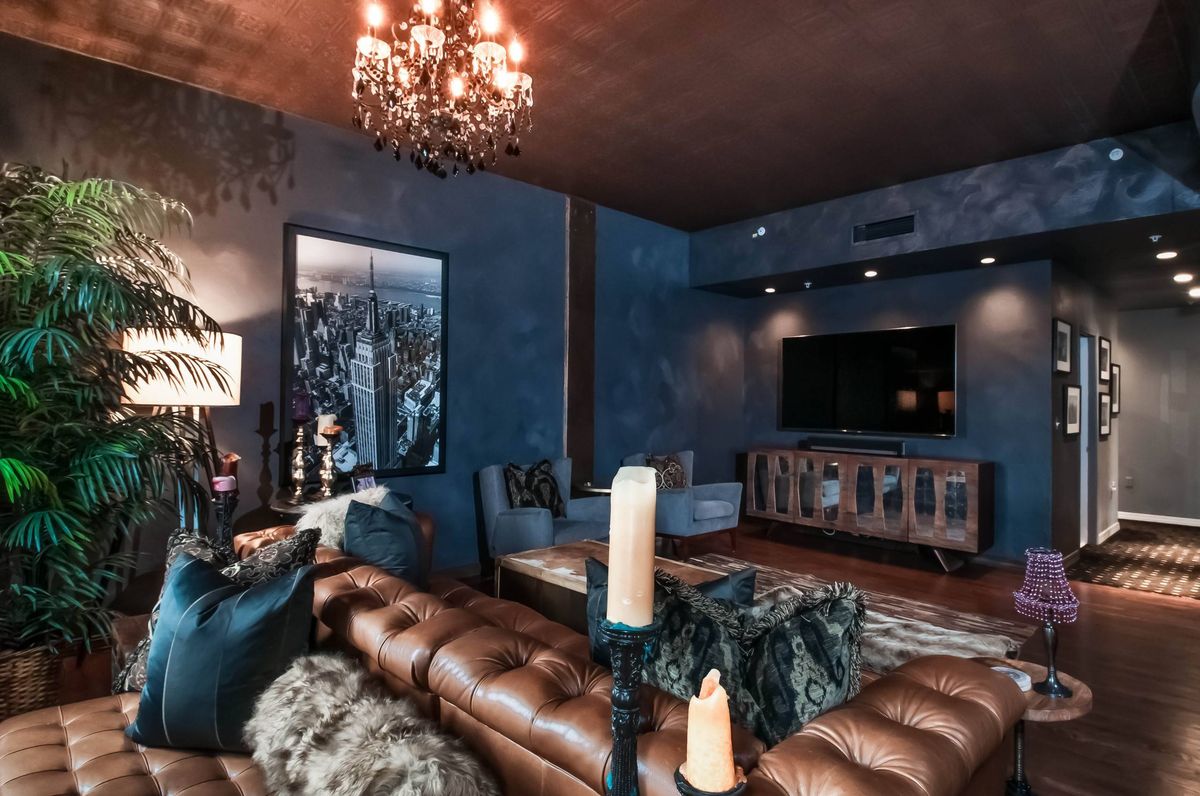

0 thoughts on “A Victorian Property, Transformed By Designer Stephanie Dunning”